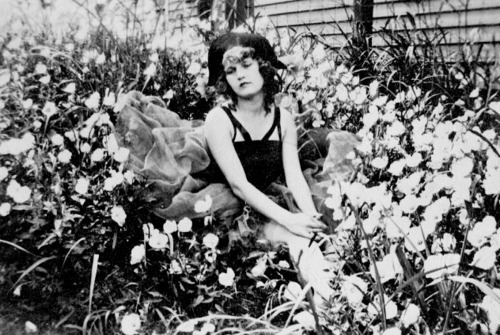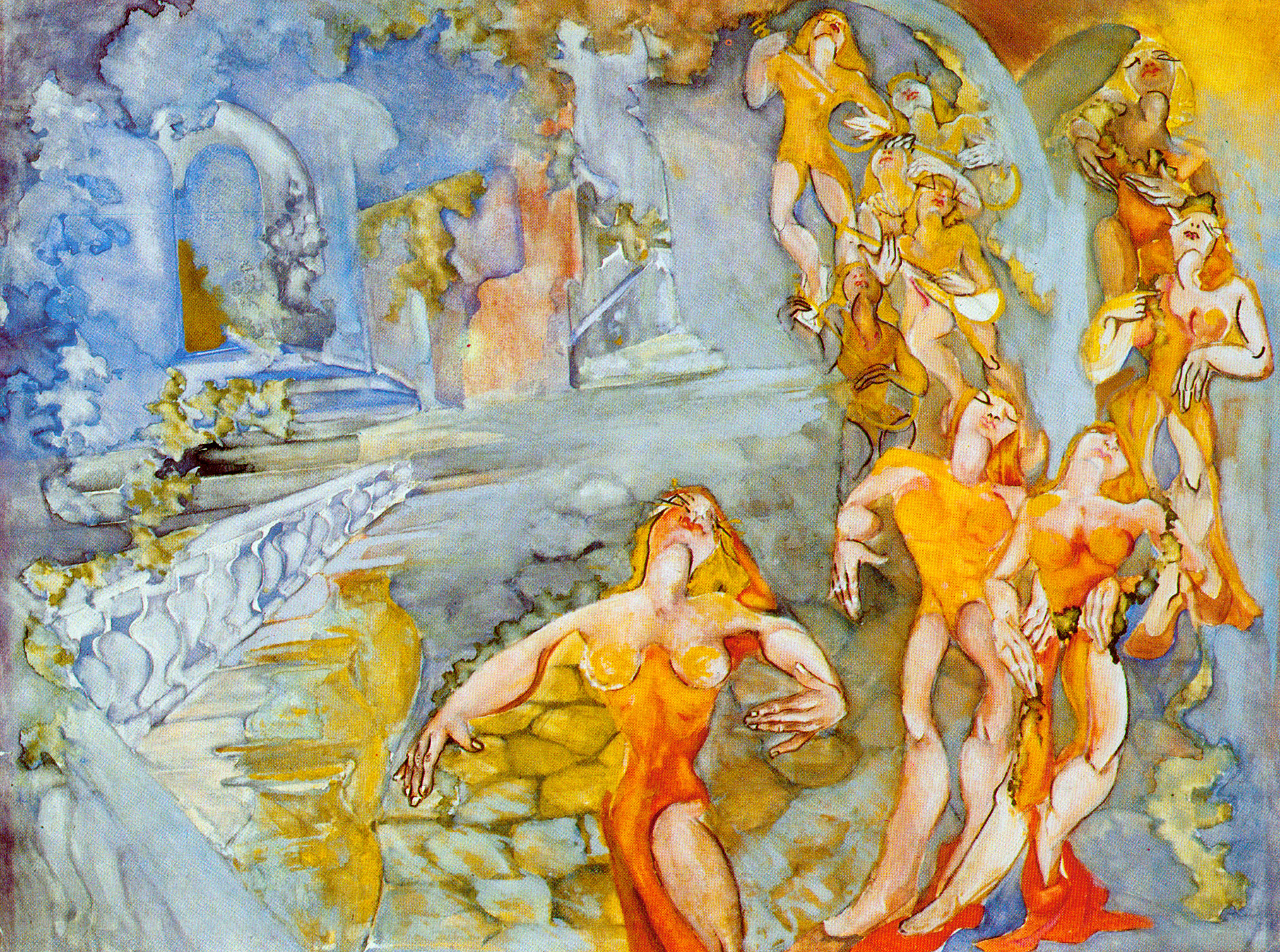 In our ruggedly individualistic culture, I often wonder: what is it like to be famous because of the person you’re married to? To appear in the press, go down in history books, as “so-and-so’s wife”—to never, ever be mentioned without your spouse as starting point or explanation? In some ways, I think it must be harder even than being a nobody, like the rest of us. At least we can pretend at the idea of absolute autonomy, that we achieved what we have on our own. Even if you’re nobody, you are your own nobody. You’re second to nobody.
In our ruggedly individualistic culture, I often wonder: what is it like to be famous because of the person you’re married to? To appear in the press, go down in history books, as “so-and-so’s wife”—to never, ever be mentioned without your spouse as starting point or explanation? In some ways, I think it must be harder even than being a nobody, like the rest of us. At least we can pretend at the idea of absolute autonomy, that we achieved what we have on our own. Even if you’re nobody, you are your own nobody. You’re second to nobody.
Zelda Fitzgerald, whose life reads like an exciting tabloid drama (and who, clearly, would make the best E! True Hollywood Story), is one of those, a Somebody’s Wife. Her Somebody is renowned Jazz Age novelist F. Scott Fitzgerald. You know, The Great Gatsby guy. That book you had to read in high school that you still kind of remember and is now a Baz Luhrmann movie. Their life together was glamorous, whirlwind, tumultuous, and ultimately short-lived. It reads like an American Greek tragedy. And while F. Scott had some tough breaks, I have to say, I really feel like Zelda had it even tougher.
Zelda Fitzgerald, born Zelda Sayres, came from a prominent family in Alabama. There were senators, judges, etc. amongst the men in her family, so she was definitely your classic, privileged Southern Belle. However, it seems Zelda was a little, I don’t know, spunkier than her fellow SBs: drinking, smoking, seeing boys. That might have been why F. Scott was so taken with her upon their first meeting—he probably recognized a kindred spirit.
As soon as F. Scott’s first novel, Tender Is the Night, was published, he and Zelda were married. In no time, they were the It Couple of the 1920s New York (and later Paris) party scene. They drank. They cavorted. They spent money. They fought. It was all very Great Gatsby. Also, as you probably saw in Midnight in Paris, they were friends with many other American artistic luminaries: Ernest Hemingway, Gertrude Stein, Alice B. Toklas.
As her husband’s star was on the rise, Zelda threw herself into her childhood passion, ballet. It was a little late in life to start a career as a dancer, but for a while she devoted herself wholly to the art. It didn’t come to anything. Later, she would also take her shots at both painting and writing. The gist is, she seems to have been pretty good at all three. But what kind of career could the hard-partying wife of a super-famous hard-partying author really expect to have?
And eventually, even her role as Famous Wife wasn’t going too well. The drinking and fighting started to dominate a little too much of the couple's time. They both had drinking problems; they both had affairs. Zelda’s emotional health declined. She did one stint in a sanatorium (old-timey rehab) before checking into a psychiatric facility, which she was in and out of for the remainder of her life. She died in 1948, in a North Carolina hospital, trapped in the building when a fire burned it down. Terrible way to go, and first on my list of two tragic famous people psychiatric ward deaths (the other is composer Robert Schumann).
Only more recently has interest in Zelda’s artistic output been renewed, both her paintings and her 1932 semi-autobiographical novel Save Me the Waltz.

Zelda’s story, for me, brings to mind Charlotte Perkins Gilman’s amazing, amazingly creepy short story “The Yellow Wallpaper,” in which a confined housewife slowly goes mad in the room where she spends most of her time, and which was based on Gilman’s own experiences with mental illness and marriage. Zelda and Gilman’s heroine are different, sure—one was stuck indoors in the 1890s, the other was liberated and living it up in the 1920s literary party scene—but that stifling quality of being forever in the shadow of your male partner, constantly searching for that space that through your accomplishments you can call your own, seems in line on an emotional level with that more, perhaps, timeless female struggle. Maybe that’s why Zelda’s story still resonates today.


